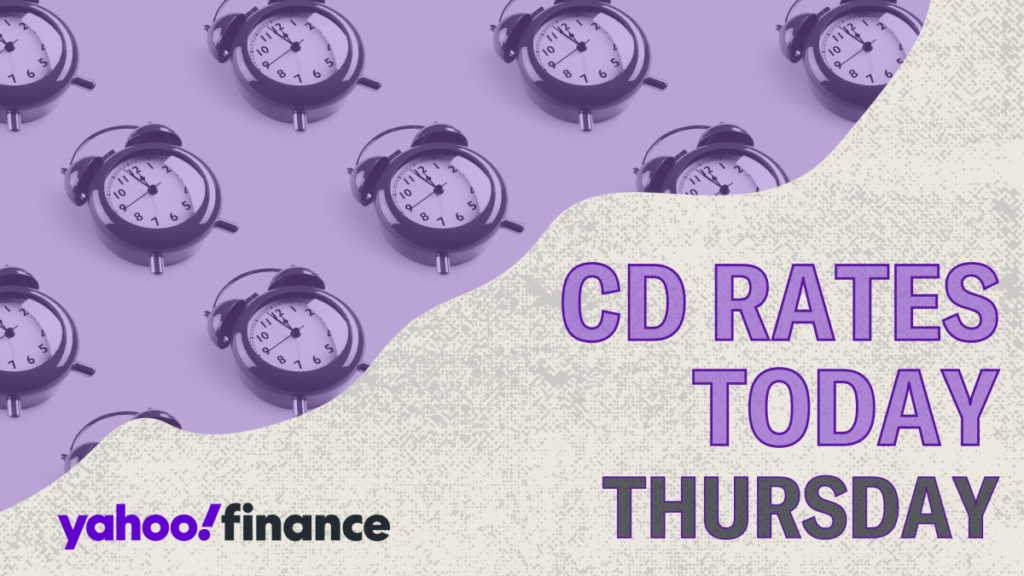A Certificate of Deposit (CD) presents an appealing option for individuals seeking a secure place to store their savings while earning interest, generally at higher rates than traditional checking or savings accounts. CD rates can significantly differ across institutions, making it crucial to stay informed about current options in the market. As of now, short-term CDs are offering attractive annual percentage yields (APY), often reaching around 4.50%. In contrast, longer-term CDs generally yield slightly lower rates, with two- or three-year terms hovering around 4% APY. Notably, NexBank offers the highest rate of 4.42% APY on its 1-year CD, albeit with a substantial minimum deposit requirement of $25,000. Alternatively, Synchrony Bank’s 9-month CD offers a 4.30% APY with no minimum deposit, making it more accessible for investors looking to capitalize on high-yield options.
The upward trend in CD rates can be largely attributed to shifts in monetary policy by the Federal Reserve, which began increasing its target rate in March 2022 to address rising inflation. This marked a significant departure from the long period of low-interest rates that followed the 2008 financial crisis. However, in recent months, the Fed has responded to declining inflation and a more optimistic economic outlook by decreasing the federal funds rate, cutting it by 50 basis points in September and another 25 basis points in November. While a drop in the federal funds rate does not directly alter deposit interest rates, a correlation exists; as the Fed lowers rates, financial institutions often follow suit, leading to a potential decline in CD rates. Consequently, now may be a beneficial time to consider securing a CD at today’s elevated rates before they potentially decrease further.
Opening a CD account typically involves several key steps, although specifics can vary by financial institution. The initial phase requires thorough research to identify financially viable CD rates, as competitive rates can significantly affect returns on deposits. Many online resources allow consumers to easily compare rates across various banks to find the best offers. When selecting a CD, it is essential to evaluate more than just the interest rate. Factors such as the length of the term, minimum deposit requirements, and associated fees should also be considered to ensure the chosen account aligns with one’s financial objectives.
Once potential CD options are shortlisted, prospective account holders need to prepare the necessary documentation. This usually includes providing personal information like a Social Security number, address, and government-issued identification (such as a driver’s license or passport). Having these documents ready will streamline the application process. In many cases, financial institutions offer online applications, allowing individuals to easily apply from the comfort of their homes. For those who prefer a more personal touch, applying in person at a branch may be an option, though both methods typically result in quick approval decisions.
Upon receiving approval for the CD account, the next step is funding the account to begin earning interest. This funding process usually involves transferring money from an existing bank account or mailing a check, depending on the banking institution’s policies. It is vital for investors to consider the term length of the CD and whether they may require access to those funds during the investment period, as early withdrawals often incur penalties. Carefully choosing the right term can help avoid unnecessary charges and ensure the account fits within the investor’s financial strategy.
In summary, navigating the world of certificates of deposit presents an opportunity for secure, interest-earning savings. With higher current rates compared to historical standards, both short-term and longer-term CDs can be appealing, albeit they come with different considerations. Understanding the recent shifts in Federal Reserve policy provides context for current rates and trends. As users explore their options and work through the application process, gathering necessary documents and comparing multiple offers can aid in making an informed decision regarding their savings strategies. Ultimately, carefully selecting a CD that meets individual financial needs can help individuals lock in favorable rates and secure their savings for the future.

